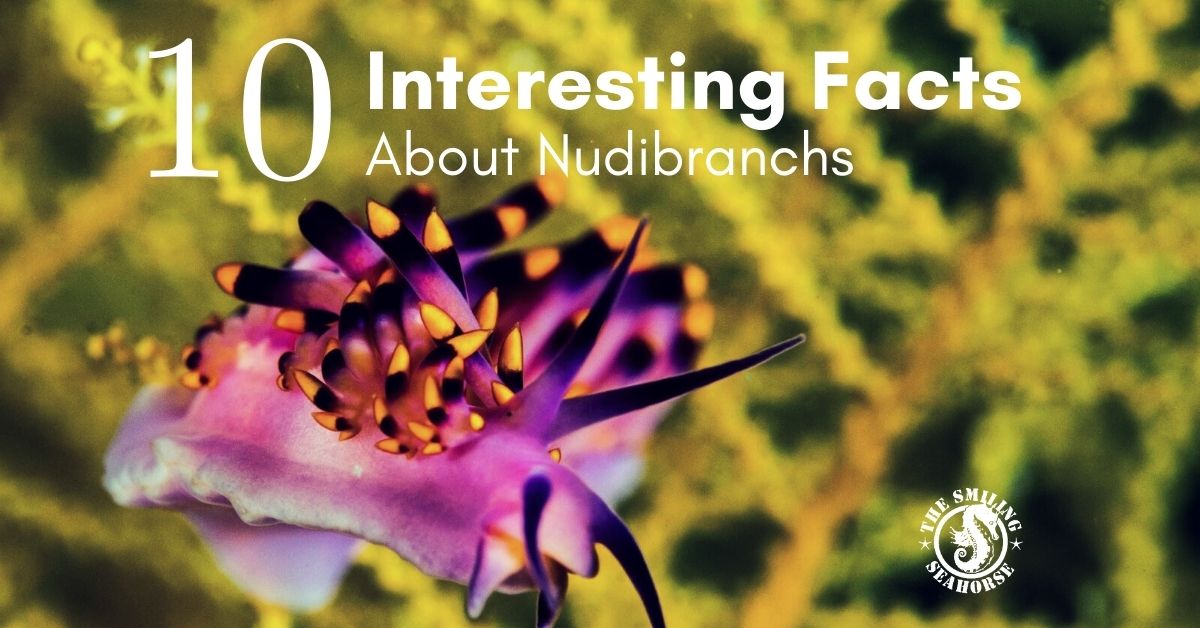Welcome to Facts Vibes! Prepare to dive into the fascinating world of nudibranchs as we unveil surprising and captivating fun facts about these enchanting sea creatures. Delve into their vibrant colors, intricate patterns, and extraordinary behaviors in this exploration of the mesmerizing nudibranch.
Diving into the Fascinating World of Nudibranchs: Fun Facts and Wonders
Diving into the Fascinating World of Nudibranchs: Fun Facts and Wonders
Nudibranchs, often referred to as sea slugs, are a group of soft-bodied marine mollusks known for their vibrant colors and striking shapes. These captivating creatures can be found in oceans worldwide, from shallow tidal pools to the abyssal depths, showcasing a remarkable diversity that continues to amaze researchers and enthusiasts alike.
One of the most intriguing aspects of nudibranchs is their defense mechanisms. Some species have evolved to absorb toxins from their prey, utilizing these chemicals as a means of protection against potential predators. Their bright colors serve as a warning sign, a phenomenon known as aposematism, which effectively deters many would-be attackers.
In addition to their defensive strategies, nudibranchs exhibit a wide array of feeding habits. While some species are carnivorous and feed on sponges or other nudibranchs, others are herbivorous and graze on algae. Their specialized diets have contributed to the evolution of unique anatomical features that aid in feeding and digestion.
Moreover, nudibranchs are renowned for their intricate patterns and ornate structures. Some species display elaborate frills and appendages, while others boast camouflage capabilities that allow them to blend seamlessly into their surroundings, evading detection from both predators and prey.
As we continue to delve into the enchanting world of nudibranchs, it becomes evident that these charismatic mollusks hold a wealth of untold wonders waiting to be unveiled. Through ongoing research and exploration, we hope to gain further insight into the ecological roles and interactions of these captivating marine marvels.
Most popular facts
Nudibranchs are a type of marine mollusk known for their vibrant colors and intricate patterns.
Nudibranchs are colorful marine mollusks known for their vibrant colors and intricate patterns.
They are hermaphroditic, meaning each individual has both male and female reproductive organs.
They are hermaphroditic, meaning each individual has both male and female reproductive organs.
Nudibranchs have a unique way of breathing through a structure called cerata, which are located on their backs.
Nudibranchs breathe through a structure called cerata, located on their backs.
There are over 3,000 known species of nudibranchs, and scientists believe there may be many more yet to be discovered.
There are over 3,000 known species of nudibranchs, and scientists believe there may be many more yet to be discovered.
Some species of nudibranchs are capable of storing the stinging cells of their prey and using them for their own defense.
Some species of nudibranchs can store the stinging cells of their prey for self-defense.
They are often found in shallow, temperate waters but can also be found in deeper seas and tropical regions.
They are often found in shallow, temperate waters but can also be found in deeper seas and tropical regions.
Nudibranchs have fascinating feeding habits, with some species specializing in consuming specific types of prey such as sponges or hydroids.
Nudibranchs have fascinating feeding habits, with some species specializing in consuming specific types of prey such as sponges or hydroids.
Their bright colors serve as a warning to potential predators that they are toxic or distasteful.
Their bright colors serve as a warning to potential predators that they are toxic or distasteful.
Nudibranchs move by contracting and relaxing their muscular foot, gliding gracefully along the ocean floor.
Nudibranchs move by contracting and relaxing their muscular foot, gliding gracefully along the ocean floor.
They have a relatively short lifespan, typically only living for a few months to a couple of years.
They have a relatively short lifespan, typically only living for a few months to a couple of years.
Some nudibranchs are able to incorporate photosynthetic cells from the algae they consume, allowing them to produce their own food through photosynthesis.
Some nudibranchs can incorporate photosynthetic cells from the algae they consume, enabling them to produce their own food through photosynthesis.
They are often referred to as “sea slugs” due to their similarity in body shape, but they are not closely related to land slugs.
Sea slugs are often referred to as “sea slugs” due to their similarity in body shape, but they are not closely related to land slugs.
Nudibranchs reproduce by laying spiral-shaped egg masses, which can contain hundreds or even thousands of eggs.
Nudibranchs reproduce by laying spiral-shaped egg masses containing hundreds or even thousands of eggs.
The name “nudibranch” comes from the Latin words “nudus” meaning naked, and “branchia” meaning gills, referring to their external gills.
The name “nudibranch” comes from the Latin words “nudus” meaning naked, and “branchia” meaning gills, referring to their external gills.
These fascinating creatures have become popular subjects for underwater photographers and are admired by divers for their beauty and diversity.
Underwater photographers and divers have become fascinated by these creatures due to their beauty and diversity.
In conclusion, nudibranchs are fascinating creatures with a plethora of interesting and unique traits. Their vibrant colors, diverse feeding habits, and impressive defense mechanisms make them a captivating subject for study and appreciation. Exploring the world of nudibranchs provides a glimpse into the marvelous diversity of marine life, showcasing the remarkable beauty and complexity of the ocean’s ecosystems.
